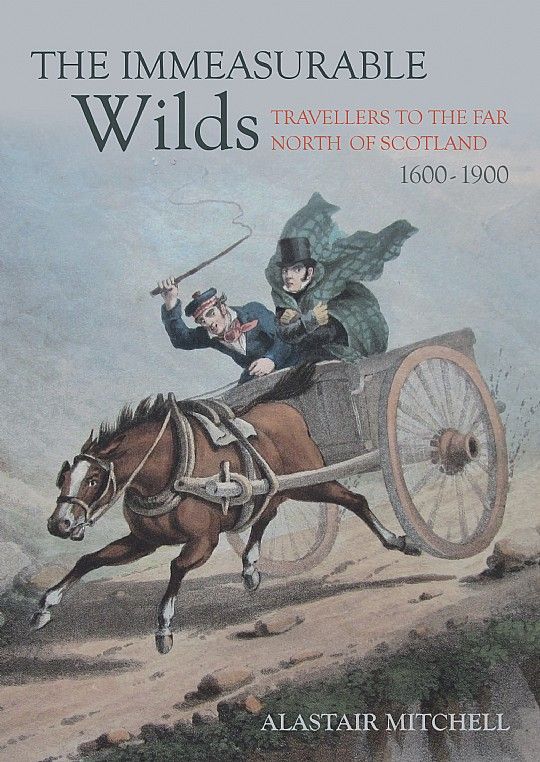Welcome to my website which explores the history of the Far North of Scotland
Sutherland. Ross-shire. Counties that have received little attention in the past. My book, The Immeasurable Wilds (see below) corrects that and you can explore much, much more on this website.
"The Immeasurable Wilds", a phrase used by Sir Walter Scott to describe the Far North of Scotland. Ross-shire and Sutherland, counties that few people visited until the promotion of the NC500 route in recent years. Since the 1960s my family has spent its holidays in this remarkable area, and my parents retired to Melness, on the north coast in the 1980s.
It is therefore an area I know well, and one that I was keen to learn more about. Did anyone venture that far north in earlier centuries? Was the region mapped? How easy was it for visitors to travel about? My research opened up fascinating topics about which I knew nothing: Timothy Pont and his mapping as early as 1590; Alexander Bryce, a versatile enlightenment figure, and his survey of the northern coast in the 1740s; General Roy and his military survey which was drawn up by the key 18th century watercolour artist, Paul Sandby; and the arrival of the Ordnance Survey under General Colby who led his team on huge treks rushing up and down mountains from the Cairngorms to Skye.
But mapping was just the start: after Culloden, attempts were made to improve conditions in the Highlands, which led to massive engineering projects under Thomas Telford, work that included at last some roads into the north-west ( the only road in Sutherland was up the east coast until c1820), and the most demanding engineering scheme up to that time, the construction of the Caledonian Canal. Once the infrastructure was in place, tourists began to venture into the more remote regions, men like the poet James Hogg who found brief romance at Loch Duich, and the Rev James Hall, who I suspect still found the going too tough along the north coast, and hopped onto a boat.
Scientists too were attracted to this virgin territory: botanists like John Lightfoot and James Robertson, and geologists like Faujas St Fond and Necker de Saussure, all of whom wrote entertaining accounts of their visits. Perhaps the most entertaining was that of Dr John MacCulloch: so entertaining was it that he caused much offence, and he is now considered rather 'colonial' in his attitudes. This is a pity as he really did know Scotland very well: his geological work was remarkably thorough and his writings remained a crucial reference for scientists in that field throughout the 19th century. And what a century it was for geology in the far north-west, for after a long debate which is now known as the Highlands Controversy, it was realised that the area contains some of the most remarkable geology in the world.
I write about all these subjects in my book, making use of the many original sources that I have come across, and it is profusely illustrated throughout using images from the large collection which I have gathered in connection with my work as an antique dealer and collector. The result is, I hope, an entertaining history of the northern Highlands, covering subjects that I believe have been largely ignored in non-academic literature.
For more information about my book please paste the link below into your browser:
The Immeasurable Wilds: Travellers to the Far North of Scotland will be published by Whittles Publishing, ISBN 978-184995-492-1.
Now published, and available from all good bookshops, on ebay, or direct from Whittles Publishing via the link above.
I hope you enjoy reading it as much as I have enjoyed writing it.
Alastair Mitchell.
